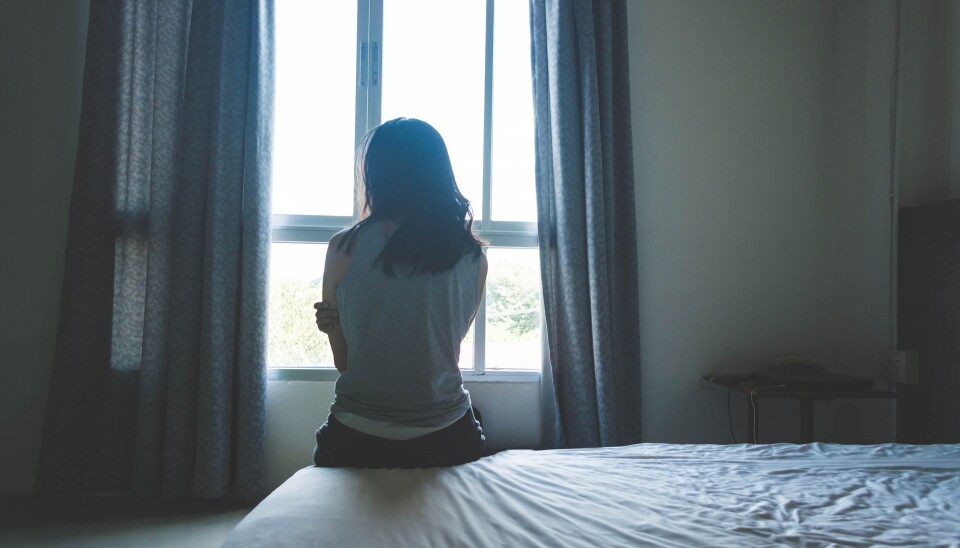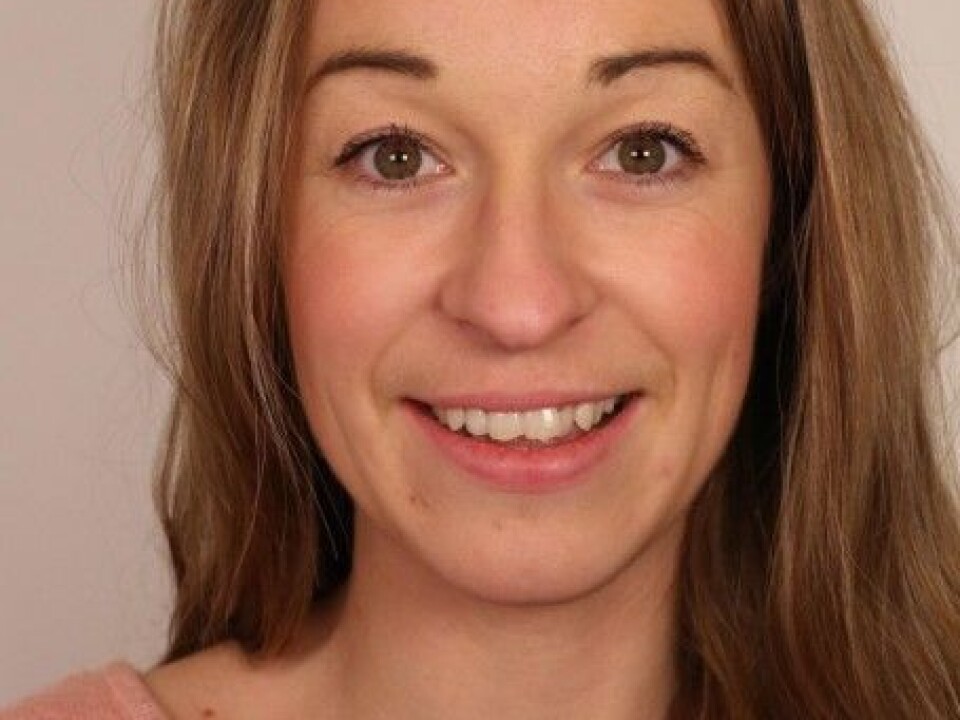
Researcher recommends teachers talk to students about sexual abuse
New cases of child sexual abuse constantly crop up in the media. The topic has received greater attention both from the police and in politics. But classrooms remain quiet on the subject, a new study shows.
Teachers are with children and adolescents for several hours a day. This means that they have an ethical responsibility to be alert to signs that a student may be subjected to violence or abuse.
A teacher can directly affect the life of a child experiencing abuse by talking about certain secrets that should not be kept secret.
This is the opinion of Beate Goldschmidt-Gjerløw, a PhD research fellow at the University of Agder. She recently surveyed upper secondary social science teachers on how they address the topic of abuse in their teaching.
It turns out not very much.
Minimal part of curriculum

"Sexual abuse shouldn’t be part of social science education. We (teachers) have no time to deal with the consequences.”
One of the 64 teachers interviewed by Goldschmidt-Gjerløw in 2018 made this statement and is one of the many teachers who said that they deal with the topic of sexual abuse in the classroom either not at all, or to a very limited extent.
The reasons are many, says the researcher.
“The current curriculum is pretty ambiguous in this area. There’s no explicit mention of sexual abuse, even though the term abuse is mentioned. In addition, the most widely used textbooks devote very little space to the topic,” says Goldschmidt-Gjerløw.
The most widely used high school textbook only devotes half a page out of about 300 pages to this topic.
Also a legal responsibility
Previous Norwegian research has found that teacher education does not adequately address the topic of sexual abuse and violence, either. Goldschmidt-Gjerløw found little cooperation among teachers in designing curriculum on the topic. Nor have school administrators given it much attention.
Goldschmidt-Gjerløw thinks the situation is serious. She believes teachers have not only an ethical responsibility to put the topic on the agenda, but they also carry a legal responsibility.
“Teachers are to teach in accordance with the UN Convention on the Rights of the Child. Children need to know their rights in order to be protected from violence and abuse. But the topic has to be talked about for that to happen,” she says.
The researcher is optimistic about the subject renewal that is now underway in Norway, which will include the sexual assault in the curriculum starting in primary school.
“The new proposal for the social sciences curriculum in upper secondary school changes the wording of the competency objectives to include a clearer focus on the legal framework for sexual boundary setting,” says Goldschmidt-Gjerløw.
Taboo-laden topic
But Goldschmidt-Gjerløw believes teachers avoid taking up the topic for other reasons than simply a lack of curriculum or structure.
Sexual abuse is also a highly emotional topic.
Teachers are often concerned that addressing the topic of sexual violence and abuse will only reopen old wounds and stir up strong emotions among students who have endured this experience, according to the new findings. Some teachers believe this may further harm the child or adolescent.
They are also afraid that a student may be stigmatized if he or she breaks down in tears or leaves the classroom.
These responses show that “being exposed to this type of violence and abuse is still linked to a cultural taboo. Instead of breaking the taboo, a person may choose not to talk about it. But it is precisely this silence that perpetuates the cultural taboo,” says Goldschmidt-Gjerløw.
Almost one in three students affected?
Researchers cannot say for sure how many children in a given classroom have experienced sexual abuse. A Norwegian study from 2016 suggests the number may be high. Almost every third 18-19 year old said that they had experienced a physical, sexual offence sometime in their life.
Seventy-five per cent of these abuses were committed by a person known to the victim.
According to police, the increase in reported crimes related to sexual crimes against children from 2017 to 2018 is significant. The number of tips reported to the Norwegian Criminal Investigation Service (Kripos) on online child abuse grew from 900 in 2015 to 5300 in 2017. At the same time, police note that the cases they work with are becoming more serious.
The increase may be due to the greater attention paid by police to uncovering and resolving such offences. However, the police believe that these crimes have actually been escalating, and they find that the internet is increasingly central to these offences, according to a 2019 Kripos report (in Norwegian) on the sexual exploitation of children and adolescents online in 2019.
Should this be discussed?
Goldschmidt-Gjerløw has reviewed what international research says about preventive teaching. Two major international studies conclude that when teachers address this topic with their students, it has a positive effect, she says.
“When children become informed about what sexual assault is, what relationships are characteristic between the abuser and the victim, and what they can do to break out of this pattern, they become better able to protect themselves from the abuser and the abuses. I believe it’s an important lesson for teachers that talking about this in the classroom gives children greater protection,” she says.
Teachers should cooperate
Goldschmidt-Gjerløw believes a lot of teachers are uncertain about how to go about addressing sexual violence in the classroom.
The researcher, who has also been a teacher, believes that teachers need to cooperate on this, including across subject areas.
As examples, she says that fiction texts can be used to illustrate the issue in Norwegian class. Social science lessons lend themselves to subject concepts and discussion. The health teacher may be drawn in as an instructional partner, but should not be responsible for so many children in a school. The students usually have a much closer relationship with their teacher.
The more school administrators put sexual violence on the agenda and make sure that teachers become more competent, the safer teachers will feel in addressing the topic, believes Goldschmidt-Gjerløw.
----------------------------------































